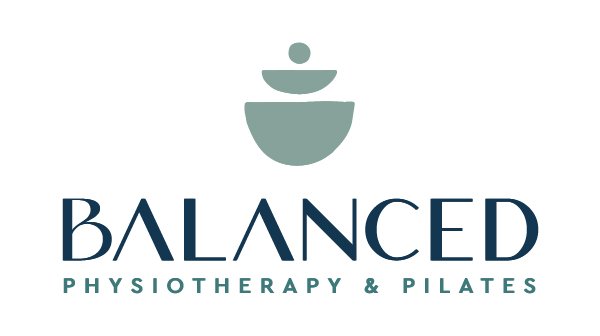Preparing the pelvic floor for birth with perineal massage
Reducing the Risk of Tearing During Childbirth: The Benefits of Perineal Massage
Childbirth is a profound and transformative experience. For many women, however, concerns about perineal tearing—injury to the area between the vagina and anus—can contribute to anxiety leading up to birth. Perineal trauma is common, but there are proactive steps that may help reduce its severity. One of the best-supported techniques is antenatal perineal massage.
This article explains what perineal tears are, the evidence behind perineal massage, and how this practice may help women prepare for birth.
Understanding Perineal Tears
Perineal trauma during birth—including both natural tears and episiotomies—occurs in up to 85% of vaginal births. Tears vary in depth and are classified as follows:
First-degree: Involves only the skin of the perineum.
Second-degree: Extends into the perineal muscles.
Third-degree: Involves the anal sphincter muscles.
Fourth-degree: Involves the anal sphincter and the lining of the rectum.
First- and second-degree tears are most common and usually heal well with appropriate care. Third- and fourth-degree tears (also known as obstetric anal sphincter injuries, or OASIS) are less common but can have longer-term implications, including pelvic floor dysfunction, incontinence, and sexual discomfort.
What Is Perineal Massage?
Perineal massage is a simple technique performed in late pregnancy, usually from 34 weeks onwards, that involves gently stretching and massaging the perineal tissues. This can be done by the pregnant woman herself or with a partner’s assistance.
The goals of perineal massage include:
Improving tissue stretch and comfort
Gently stretching the tissues may help them adapt more easily to the sensations of childbirth.
Increasing awareness of perineal sensations
Becoming familiar with the feeling of pressure or stretch may help reduce fear or tension during the pushing stage.
Supporting blood flow and tissue pliability
Massage may help warm and soften the tissues, although the exact mechanisms are still being studied.
What Does the Research Say?
High-quality evidence—including the Cochrane Review on antenatal perineal massage—shows that:
Perineal massage reduces perineal trauma requiring stitches, mainly by lowering the likelihood of episiotomy.
It is particularly beneficial for women having their first vaginal birth.
For women who’ve had a previous vaginal birth, massage may not significantly reduce the chance of tearing but can reduce perineal pain in the weeks after birth.
Some recent studies suggest that perineal massage may also reduce the risk of severe tears, but this evidence is still emerging and not yet conclusive.
How often should it be done?
Guidelines typically recommend:
Starting at 34–35 weeks
Practising 1–2 times per week
Massaging for around 5 minutes
More frequent massage has not been shown to create additional benefit.
Incidence and Consequences of Tears
While most tears are mild, it’s important to understand the potential consequences:
First- and second-degree tears
Very common
Usually heal within a few weeks
May cause temporary discomfort
Third- and fourth-degree tears
Less common (around 2–6% depending on parity)
May lead to:
Ongoing perineal or pelvic pain
Difficulty controlling wind or stool
Urinary or pelvic floor dysfunction
Painful intercourse
Reducing the severity of perineal trauma is therefore an important goal for birth preparation.
Who Should Not Perform Perineal Massage?
Perineal massage is safe for most women, but should be avoided if you have:
Placenta praevia or a low-lying placenta
Vaginal bleeding in the second half of pregnancy
A short cervix or signs of preterm labour
An active vaginal infection (e.g. thrush or genital herpes)
Significant pregnancy-related blood pressure problems
Always check with your midwife, obstetrician, or women’s health physiotherapist if you’re unsure.
Conclusion
Perineal massage is a simple, low-cost technique that may help reduce the likelihood of perineal trauma during childbirth—especially for women having their first vaginal birth. While it cannot prevent all tears, it can improve tissue comfort, reduce the chance of needing stitches, and support a smoother postpartum recovery.
As with all aspects of pregnancy care, it’s important to speak with your healthcare provider to determine whether perineal massage is suitable for you.
If you’d like guidance on how to perform perineal massage or support in preparing your pelvic floor for birth, we’re here to help.
Balanced Physiotherapy & Pilates is located in Vincentia and supports women across Jervis Bay including Huskisson, Sanctuary Point, St Georges Basin, Nowra and surrounding areas.
To book an appointment, call 4444 6889 or click the button below.
